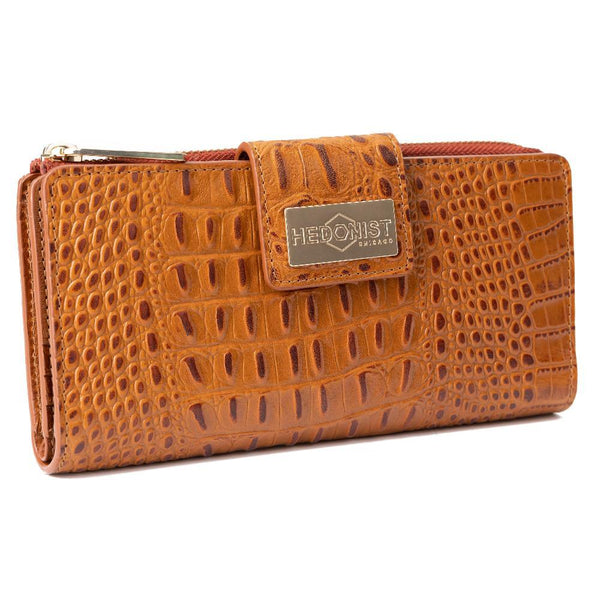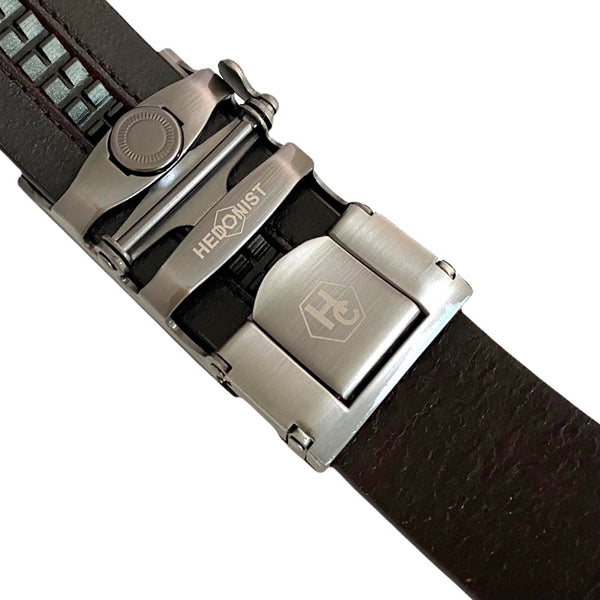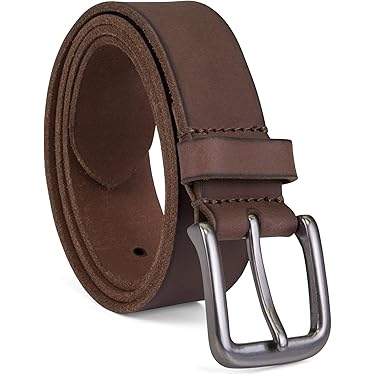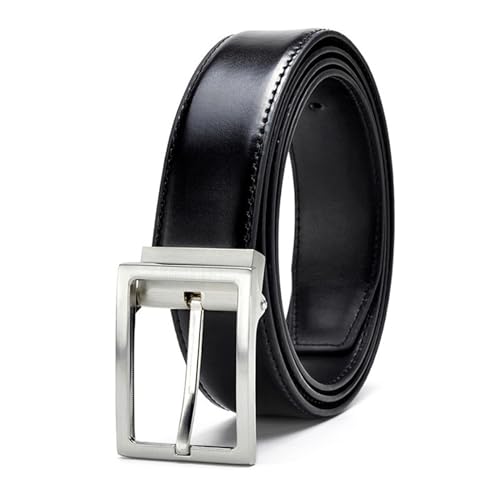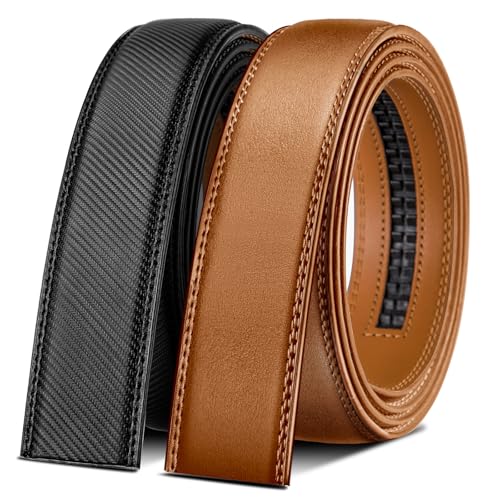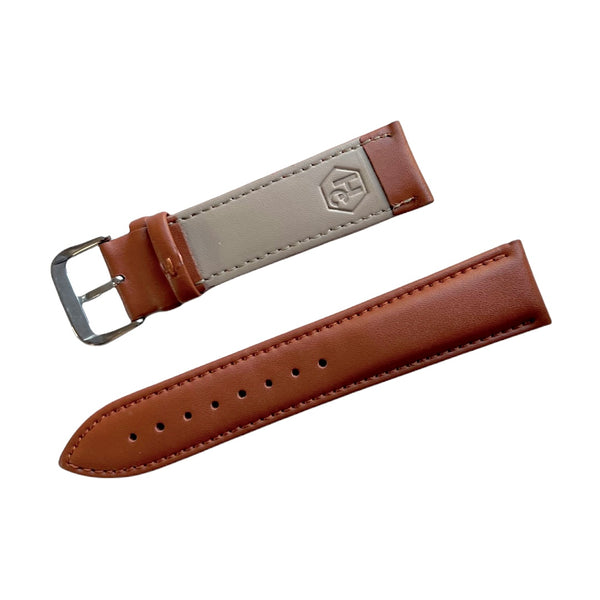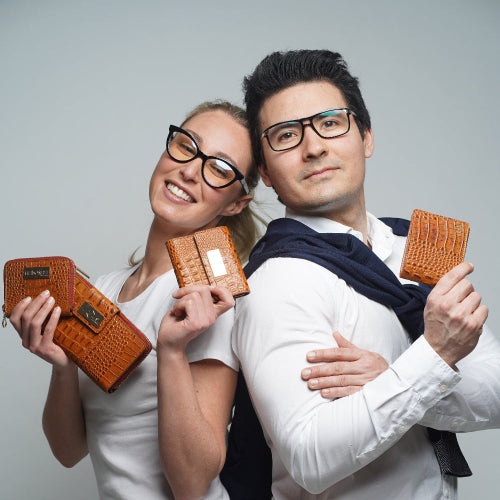Leather Water Resistance: How to Protect Leather from Moisture
Leather Water Resistance: Protect Your Leather from Water Damage
Genuine leather is a premium material, known for its strength, flexibility, and rich texture. But despite its durability, leather is not naturally waterproof. Without proper protection, exposure to water can cause stains, warping, or even permanent damage. This guide will walk you through everything you need to know about leather water resistance - from choosing waterproof treatments to daily care tips that keep your wallets, belts, and accessories looking their best for years to come.
Why Leather and Water Don’t Mix
Unlike synthetic materials, real leather is porous. It absorbs moisture, which can lead to several issues:
- Staining - water can leave visible dark spots
- Warping - especially on flat surfaces like wallets
- Drying & Cracking - once the water evaporates, natural oils are lost
That’s why leather water protection is not optional - it’s essential if you want to maintain long-term appearance and function.
Understanding Water-Resistant vs Waterproof Leather
There’s a key difference between leather that’s water-resistant and leather that’s waterproof:
- Water-resistant leather can repel light moisture, like rain or splashes
- Waterproof leather is specially treated and sealed to block out all water
Most leather wallets and belts fall under the “water-resistant” category after treatment - not fully waterproof. For everyday use, water resistance is typically enough.
Top Treatments for Leather Water Resistance
To protect your leather goods, here are the most effective waterproofing options:
1. Wax-Based Leather Protectors
These create a physical barrier on the surface. Popular products use natural waxes like beeswax. Benefits:
- Long-lasting protection
- Great for outdoor use
Downside: may slightly darken the leather tone. Always test on a small area first.
2. Spray-On Water Repellents
These are silicone or polymer-based and easy to apply evenly. Ideal for smooth leather items like:
3. Leather Conditioners with Water Protection
Some modern conditioners include light water-resistant properties. These are excellent for handmade leather goods where preserving softness and flexibility is also important.
How to Waterproof Leather (Step-by-Step)
- Clean the surface - Use a soft cloth to remove dust and dirt
- Apply leather conditioner - Restores oils before sealing
- Test the waterproofing product - Always on a hidden area
- Apply evenly - Spray or rub in thin layers, let it absorb
- Let it cure - Wait 12–24 hours before use
Daily Habits That Help
Waterproofing isn’t the only way to keep leather safe from water. These habits go a long way:
- Don’t leave leather goods in damp environments
- Never dry wet leather with heat - let it air dry
- Wipe off raindrops or spills immediately with a soft cloth
- Store in a breathable cloth pouch - not plastic
What to Do if Leather Gets Wet
Even with the best precautions, accidents happen. If your wallet or belt gets soaked:
- Blot (don’t rub) excess moisture with a soft, dry towel
- Let the item air dry at room temperature
- Once fully dry, apply leather conditioner to restore lost oils
Never use a hairdryer or heater - it will damage the structure and finish.
Choosing the Right Product Based on Leather Type
Different leather types need different treatments:
- Full-grain leather - Accepts most treatments, ages beautifully
- Top-grain leather - Also easy to condition and protect
- Suede or nubuck - Requires special waterproof sprays (never wax!)
Myths About Waterproof Leather
There’s a lot of misinformation about leather and water. Let’s clarify:
-
Myth: Oiled leather is naturally waterproof
Reality: It resists water better than dry leather, but still needs treatment -
Myth: Once waterproofed, leather never needs care
Reality: Reapply waterproofing every 3–6 months -
Myth: Real leather should never get wet
Reality: Occasional moisture is fine if you care for it properly
Best Practices for Long-Term Protection
- Use a conditioner every 2–3 months
- Reapply waterproofing products as needed
- Clean stains promptly with a damp (not wet) cloth
- Never soak leather - even waterproofed items have limits
Can Leather Be Made Fully Waterproof?
Technically yes - but with drawbacks. Completely sealing leather changes its texture and breathability. For most leather wallets and accessories, partial waterproofing strikes the best balance between protection and preserving the leather’s natural feel.
Explore Water-Resistant Leather Options
Some Hedonist Chicago® pieces come pre-treated for water resistance. Browse our collections to find stylish, long-lasting leather goods that hold up to daily life:
Conclusion: Protect Your Leather with Confidence
Whether you’re carrying a handmade wallet or wearing your favorite belt, water doesn’t have to be the enemy. With the right knowledge and products, you can protect your leather - and your investment - for years of reliable use.
Leather care starts with prevention - and water resistance is one of the most critical steps you can take.
